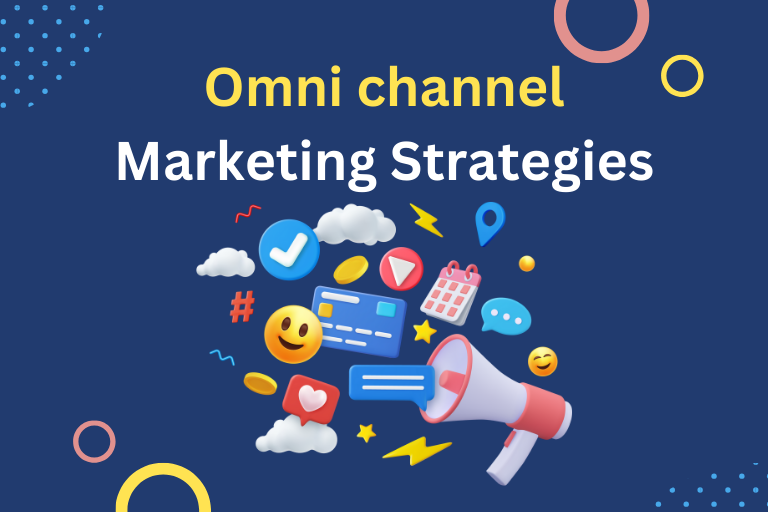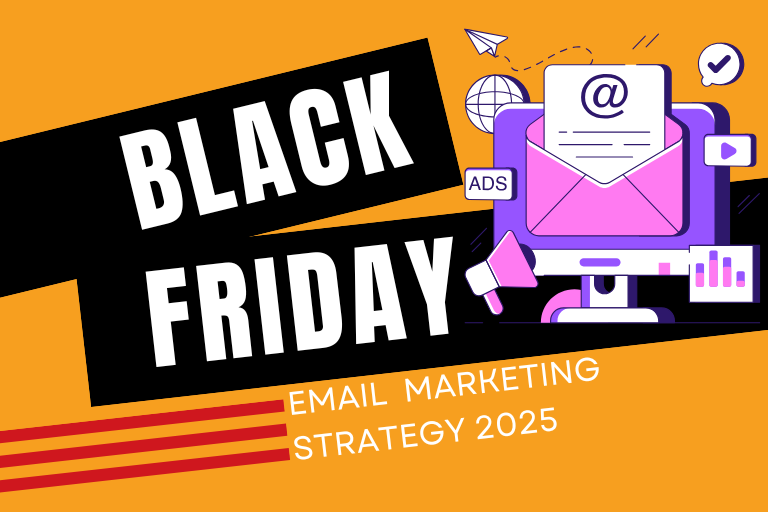Imagine an ecommerce strategy where all channels of communication, purchase, review, and every other related business are integrated to work as one. That is the basic idea behind omnichannel marketing.
Every e-commerce business owner knows how important this is, but many do not know how to go about it. Whatever the case, we will break down the concept and further show how to go about it. Let’s start with understanding what omnichannel marketing is.
What is Omnichannel Marketing?
Simply put, omnichannel marketing, from the phrase itself, implies the use of diverse channels to reach customers and retain them. It involves the integration of these channels to create one seamless platform for customers, both online and offline.
These channels include email, social media, website, and physical stores. The essence of this integration is to ensure customers do not have to switch apps or online platforms while engaging with a brand or making a purchase, as this could be tiring.
Thanks to this, customers now have multiple options to access real-time information on whatever product they are interested in and can engage brands at their convenience.
Why is Omnichannel Marketing Relevant?
Like every strategy employed to advance your ecommerce business, Omnichannel marketing has its perks too. They include:
1. Customer Convenience
You know the feeling of having to jump from app to website to email while trying to purchase a product?
Aside from being annoying, market research has shown that most customers give up in the buying process, while others outrightly lose interest when made to switch platforms while buying or trying to get an issue resolved.
Also, omnichannel customers shop significantly more than customers who rely on a single channel.
2. Customer Reach
With Omnichannel, your ecommerce business gets an enhanced outreach. This has the potential to convert many more customers within a shorter time than usual, leading to an increase in returns.
3. Unified Brand Voice
Running an ecommerce business across multiple platforms usually creates a difference in brand voice and tone with time. This could lead to customers engaging with less or more enthusiasm for the brand.
With an omnichannel strategy, the brand voice remains the same across all channels, leading to consistency and subsequent loyalty to the brand.
4. Inventory Management
If you notice that your new beach umbrella is getting all the love on social media. What do you do? You smartly stock up more of those umbrellas in your stores along the coast.
With omnichannel marketing, you have access to some pretty cool tech that’s like a GPS for your inventory. It decides whether an order should come from a nearby store or a far-off warehouse.
Why bother with this? It means when someone orders online, they get their goods faster and cheaper since they come from the closest possible point, with quick deliveries and lower shipping costs.
5. Customer Loyalty
In this era, where everyone wants to feel special, omnichannel marketing is your secret weapon to keep customers coming back for more.
Imagine tailoring every interaction so perfectly that your customers feel like you know them better than they know themselves. Why does this matter? Well, keeping your current customers happy is not just good vibes; it’s good business.
Let’s just say it’s way cheaper to keep the fans you already have than to go out and win over new ones.
With omnichannel marketing, you’re not just selling; you’re creating customers who’ll stick with you, boosting your profits in the process. It’s about making every touchpoint count, turning one-time buyers into lifelong supporters.
Also Read – 2025 Email Marketing Trends
Omnichannel Strategies to Create and Implement
Before going into the strategies, it is important to have an integrated foundation for your channels and a fluid approach to enable the best experience for your customers.
This means your emails, social media, website, and physical stores must be virtually synced and merged. With that in mind, let us jump to the steps.
1. Customer Research
As stated earlier, omnichannel marketing is mostly about making the purchase process and general experience fluid for the customer. The best way to start this is to research what customers want, not what you assume they want.
You can practically do this by going through your brand channels yourself to get the customer’s perspective. This includes your website, chatbot, and social media.
Also, get to know your customers’ habits, preferences, and pain points across all channels. How do you go about this? By using surveys, social media listening, and analytics tools to gather insights.
Then, break your audience into segments based on behaviour, demographics, or purchase history for more tailored interactions.
Another option is conducting reviews and samples from customer focus groups. If your business has various teams and individuals, get research feedback from them to get a holistic review.
2. Review Collected Data
Information gathered from the research is only as useful as they are applied. To ensure the right data is applied, the results of the customer research would have to be scrutinized.
This is done through a customer data platform (CDP). With this, you see the whole picture, not just parts of it.
However, ensure your data is updated in real-time to respond instantly to customer behaviours or market changes
3. Apply and Optimise
Apply the refined findings of your research across your e-commerce channels and keep in mind the need to optimize to suit present-day realities. With these steps, you should see positive improvements in your e-commerce business.
You might be wondering what channels to incorporate into your e-commerce business to facilitate better omnichannel marketing. They include:
- Chatbots
These go a long way in providing instant responses to customer inquiries and complaints while also reducing the cost of customer care.
- Push Notifications
These are random notifications that serve as reminders to visitors and customers who have visited your e-commerce platform.
Your channel’s success rate is based on the fact that a lot of people check their phones and other devices regularly, so a notification like this can’t be missed.
- SMS Marketing
This channel feels like a traditional approach to customers, and the personalized feeling it gives creates a bond between customers and the e-commerce store.
With these tips and steps, it will be obvious which channel or channels you should invest more resources in while removing redundant ones.
4. Personalization Scale
The level of personalization in marketing should be as deep as possible, going beyond basic customization to create a truly unique experience for each user.
Fortunately, there are software tools available that can help automate this process, like Klaviyo, MailChimp, Hubspot, etc.
One way to achieve this is through dynamic content. This means using the data collected from users to tailor the messages, product recommendations, or special offers they receive.
For example, if a customer frequently shops for sportswear, they should see promotions related to athletic gear rather than random products.
However, even when responses are automated, they should still feel personal. It’s important to use the available data to add a human touch, making users feel valued rather than just another name on a list.
5. Univocal Customer Service
You can offer support in every channel where your customers are present, be it chatbots on websites, social media, or in-app support. Make it easy for customers to give feedback, and use this to improve your service continuously.
6. Implement and Repeat
Begin with one or two channels to perfect your approach before expanding. For example, ensure your email marketing syncs perfectly with your physical store promotions.
Use A/B testing for different channels or messages. Analyze performance and tweak your strategy based on what works.
7. Training and Culture
This is usually an overlooked part of the strategy by many ecommerce platforms. Team training should focus on every possible facet, including the following:
- Team Buy-In
Everyone in your organization needs to understand the omnichannel vision. Training sessions can help align all departments.
- Culture of Unity
Foster a culture where every team member sees themselves as part of a single customer experience team, not just their department.
8. Measure Success
Look at metrics like customer lifetime value, retention rates, cross-channel conversion rates, and customer satisfaction scores. Evaluate how your omnichannel strategy impacts your bottom line. Are you seeing higher sales, reduced returns, or lower customer acquisition costs?
Remember, the goal is to make sure all channels are in sync with each other and every customer is given premium treatment, no matter what channel they engage the e-commerce store with.
Conclusion
So, research what your customers want, analyse the research data, and apply the findings. Do not forget to incorporate chatbots, SMS, push notifications, and every channel that promotes your brand.
Remember, you should always optimise your omnichannel strategies to reflect present-day demands.
On the flip side, if you need help scaling your ecommerce email marketing and SMS Marketing Channels, book a FREE discovery call with us to see how we can help.



